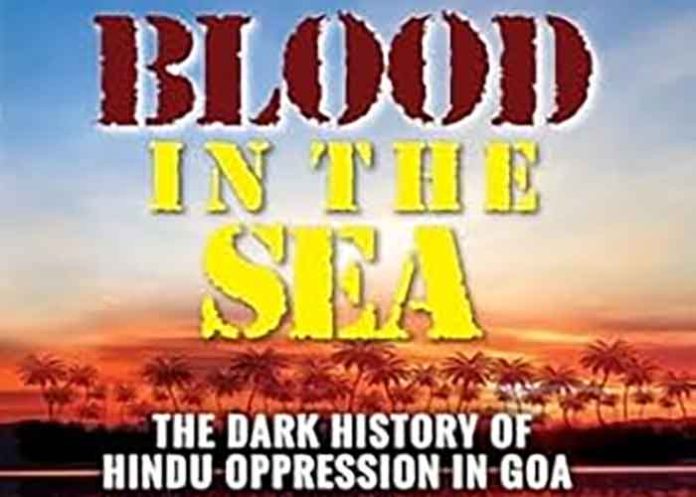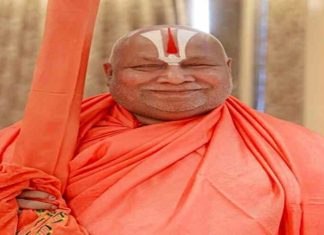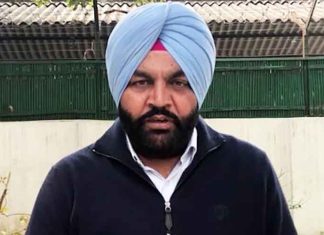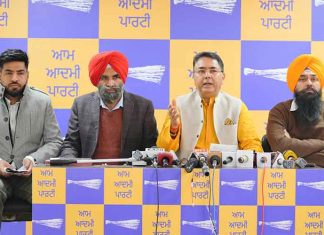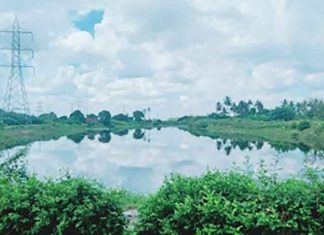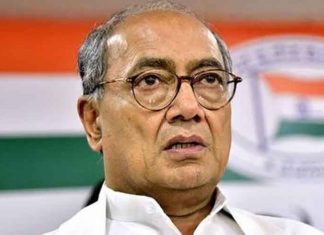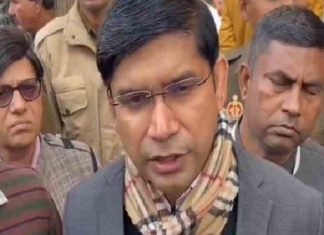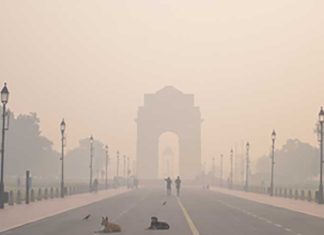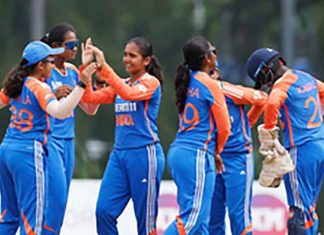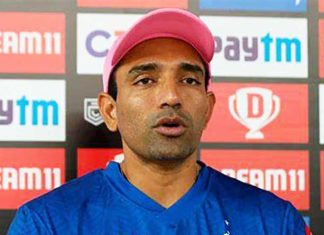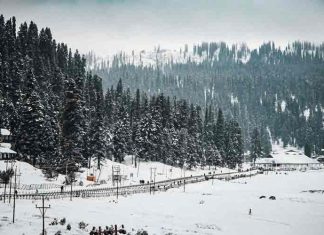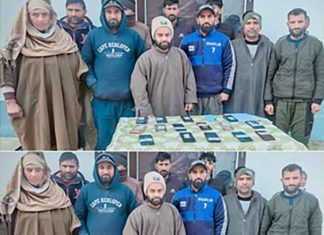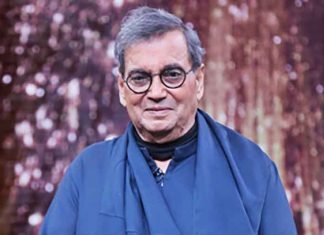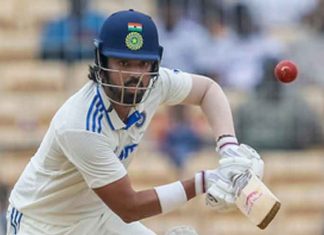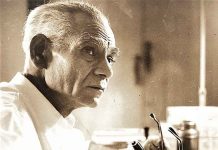New Delhi, July 15, 2024
As we stand in awe of the captivating reflections of Portuguese culture that adorn Goa, there lies a deeper, more enchanting narrative waiting to be uncovered.
Beyond the evident influence of Portuguese heritage, Goa’s roots delve into the ancient annals of history, intricately woven into the fabric of Hindu legends dating back to the times of the Mahabharata.
This profound connection, expertly elucidated by the author Vinay Nalwa in her latest work ’Blood in the Sea: The Dark History of Hindu Oppression in Goa’ echoes the region’s extraordinary significance during the illustrious period of Hindu gods, embodying a cultural richness that transcends the narratives often associated with this coastal haven.
“Blood in the Sea” is an insightful journey through the rich tapestry of Goa’s history, masterfully weaving together geological origins, ancient Hindu legends, the assimilating culture of Hindu dynasties, the oppressive Islamic rule of Adil Shah, and the colonial era under Portuguese dominion.
The book opens with a vivid exploration of Goa’s pre-historic geological formation, drawing intriguing connections to ancient Hindu legends like that of Parshuram. The narrative skilfully navigates through the glorious period when Hindu dynasties fostered a culture of art, architecture, and trade, creating a harmonious tapestry that defined Goa for centuries.
A significant portion of the book is dedicated to the dark era of Goa’s history under Portuguese rule. The author does not shy away from detailing the painful chapters of mass conversions, inquisitions, and the desecration of Hindu temples by Franciscan and Jesuit priests.
The deliberate attempts to suppress the local language Konkani in favour of Portuguese and the destruction of cultural and religious practices are vividly brought to light.
One of the strengths of the book lies in its depiction of the resistance movements against foreign rule. The liberation of Dadra Nagar Haveli by RSS volunteers and the two pivotal freedom struggle movements in Goa are explored in detail.
The narrative not only captures the courage and sacrifice of individuals but also illustrates how these acts of bravery inspired a collective resistance against the oppressors.
The book culminates in the joint operation of the Indian armed forces leading to the liberation of Goa.
It meticulously describes the supreme sacrifice of many Indians, highlighting the profound impact it had on both the common people and the Indian government. The author successfully portrays how the freedom struggle movements became a beacon of hope, uniting people from all walks of life.
“Blood in the Sea” is a compelling read that not only educates about the historical nuances of Goa but also pays tribute to the resilience of its people.
Through meticulous research and a captivating narrative, the author brings to life the struggles, triumphs, and the indomitable spirit of a region that has weathered the storms of time. This book is a must-read for anyone interested in understanding the multifaceted history and cultural evolution of Goa.(Agency)




